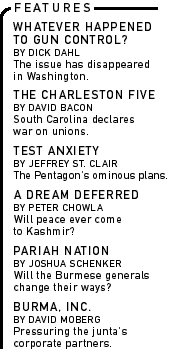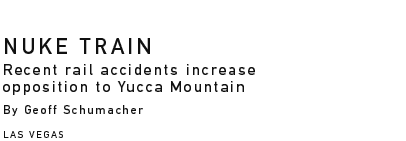|
|
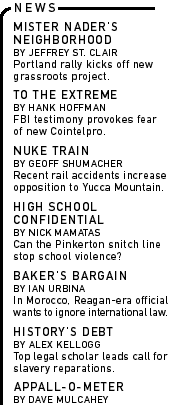
|
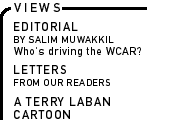
|
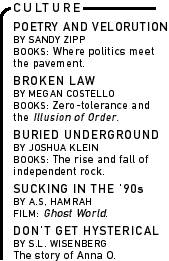
|
|
|
| |
|
|
|
A series of recent high-profile accidents involving trains and trucks carrying hazardous cargo has given new ammunition to opponents of the federal government's plan to build a national high-level nuclear waste dump in the Nevada desert. The accident that received the most attention from anti-nuclear forces was the July 18 derailment of a freight train in a tunnel beneath Baltimore. The train carrying hazardous chemicals burned for several days at temperatures of up to 1,500 degrees. If the train had been carrying nuclear waste, opponents suggest, the steel casks designed to protect radioactive waste could have been breached. "I hope everyone recognizes the tremendous tragedy that was just barely averted in Baltimore," Sen. Harry Reid (D-Nevada) told reporters after the derailment. "Hydrochloric acid is bad, but not as bad as nuclear waste. A speck the size of a pinpoint would kill a person." Then, on August 5, a train derailed outside Houston, spilling thousands of gallons of
After Berkley made that statement, a truck transporting low-level nuclear waste from New York to Nevada was discovered to be carrying a cracked container. The driver noticed white foam on the truck bed and called authorities, who found an inch-long crack in one of the containers. DOE inspectors said they did not detect radiation around the truck, but the incident nevertheless fueled renewed concerns. Reid, who recently ascended to the post of majority whip, has cited the Baltimore train accident and the cracked nuclear-waste container as "a wake-up call" about the dangers of transporting high-level nuclear wastes from reactors across 43 states to Yucca Mountain, 90 miles northwest of Las Vegas. Reid's newfound clout--he's now the No. 2 person in the Senate behind Tom Daschle--has put any legislative movement regarding the nuclear waste dump on hold. But studies of Yucca Mountain continue, and nuclear regulators are pushing forward with the licensing process. As a result, Reid and other dump opponents are always looking for new ways to attack the plan. Yucca Mountain's opponents maintain that it would be safer to simply keep the waste at the reactor sites than to transport it to Nevada. Following the Baltimore accident, Reid introduced an amendment to a transportation appropriations bill to study the risks of transporting hazardous materials and to determine whether the nation's emergency response systems are sufficient. The amendment passed 96 to 0. Meanwhile, the government of Clark County, where Las Vegas is located, recently released a study outlining the human and financial toll of a worst-case accident in Las Vegas involving high-level nuclear waste. The U.S. Department of Energy's planned routes to bring the waste to Yucca Mountain run through the middle of the gambling mecca. The study looked at the effects of a collision involving a truck
carrying nuclear waste and a gasoline tanker on Interstate 15, which
runs parallel with the neon-drenched Strip. The accident would expose
more than 1,000 people to radiation and result in more than $1 billion
in cleanup costs and economic losses.
|




